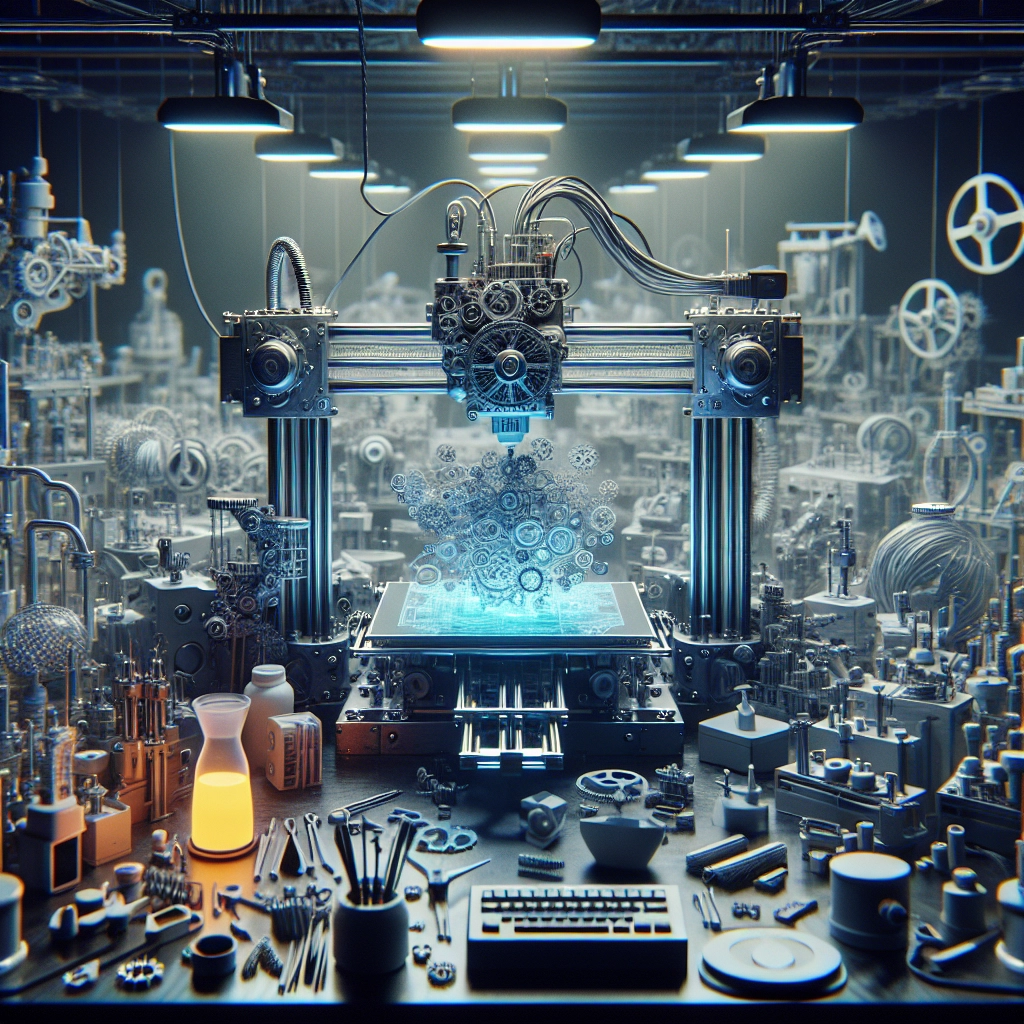Creating Functional Prototypes with Your 3D Printer
The world of 3D printing has exploded in recent years, making it more accessible than ever for hobbyists and professionals alike. If you’ve got a 3D printer at your fingertips, you might already be dreaming about the amazing designs and imaginative creations you could bring to life. But have you thought about using your printer to create functional prototypes? Whether you’re an inventor, a designer, or just a curious tinkerer, this guide will walk you through the process of taking your ideas from concept to a three-dimensional working model.
Understanding Prototyping
Before we dive into the nitty-gritty of 3D printing a prototype, it’s essential to understand what prototyping is all about. A prototype is a preliminary version of a product that allows you to test and validate ideas, designs, and functionalities before moving on to final production. Prototyping can save you time, money, and resources in the long run by addressing potential issues early in the development process.
In the realm of product design, the age-old saying holds true: “fail fast, learn fast.” The quicker you can iterate on your designs, the better your end product will be. That’s where 3D printing shines—it allows for rapid prototyping, enabling you to create, test, and refine your designs in real time.
The Right Printer for the Job
Not all 3D printers are created equal, and the type of printer you choose will significantly affect the quality of your prototype. Fused Deposition Modeling (FDM) printers are excellent for creating functional prototypes since they use a variety of materials, such as PLA and ABS, that are relatively inexpensive and easy to work with. SLA (Stereolithography) printers, on the other hand, can produce incredibly detailed models but might be less durable than FDM prints. Think about your goals and choose accordingly.
If you’re looking to produce functional parts that can withstand stress, consider a printer that can handle engineering-grade materials like Nylon or PETG. These materials have greater strength and flexibility, making them better suited for parts that need to endure everyday use.
Design Tips for a Functional Prototype
Getting your design right is crucial, and it all begins with planning. Use CAD software like SolidWorks, Fusion 360, or even free tools like Tinkercad to create your model. It’s essential to ensure that your design has functional features that will be tested in the prototype. Keep the following tips in mind:
-
Simplicity First: Start with a simple version of your idea. Minimizing complexities at the beginning will allow you to focus on essential functions. You can always add more features in later iterations once you’ve validated the core concept.
-
Consider Tolerances: Pay attention to how parts will fit together. If you’re designing something that has moving parts or fits within another component, make sure to account for tolerances. A little extra space can go a long way in ensuring pieces slide or fit seamlessly without being too tight or too loose.
-
Think About Post-Processing: After printing, you might want to finish your prototype for a better look or improved functionality. Consider whether your design will require sanding, painting, or surface treatments.
-
Test & Iterate: Once you’ve printed your prototype, put it to the test. Does it function as you intended? Are there any design flaws? Gather feedback and get ready for another round of revisions.
Printing and Finishing Your Prototype
Once your design is ready, it’s time to hit that print button! Depending on the complexity of your design, your print might take anywhere from a few hours to several days. Patience is key!
After your print is complete, the work isn’t over. Most prototypes will require some form of post-processing. You might want to remove support structures, sand rough edges, or paint your model for aesthetics. Even simple finishing techniques can make a massive difference in how functional the prototype appears.
Bring Your Ideas to Life
The journey from concept to functional prototype is exhilarating. There’s something incredibly satisfying about seeing your ideas materialize into a tangible object. Whether you’re perfecting a product for a startup or simply exploring your creative side, 3D printing can be your best ally in bringing those ideas to life.
So, roll up your sleeves and get that 3D printer working! With a blend of creativity, patience, and a little bit of trial and error, you just might find yourself on the path to the next big thing—one prototype at a time. Embrace the process, learn from every iteration, and enjoy your journey into the exciting world of functional prototyping!

